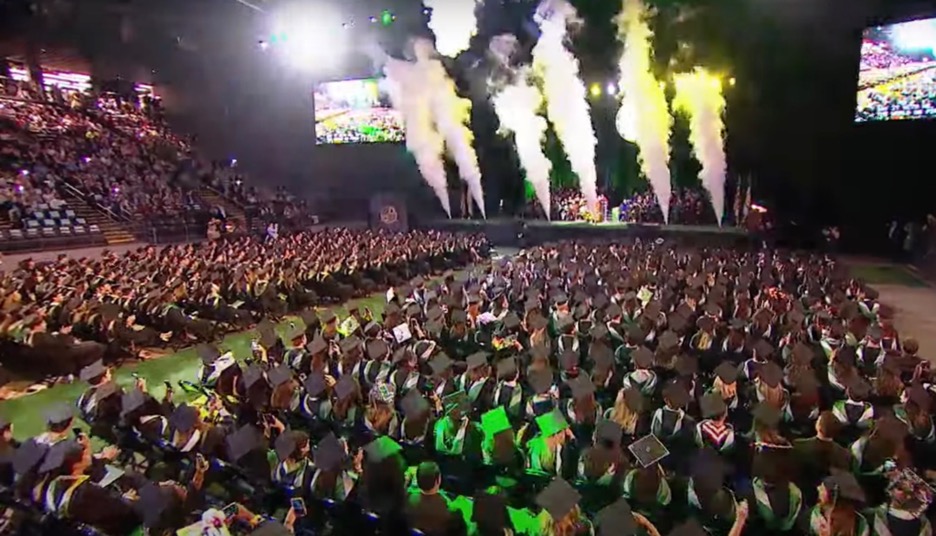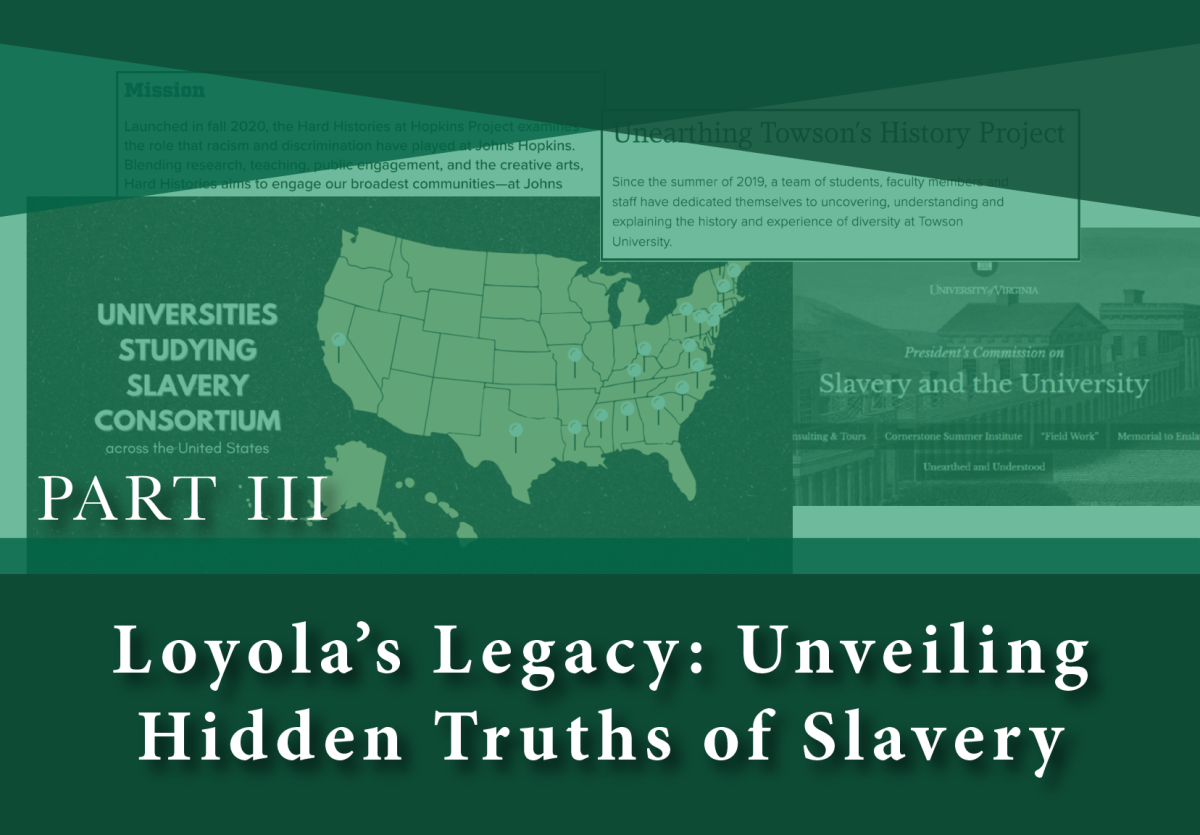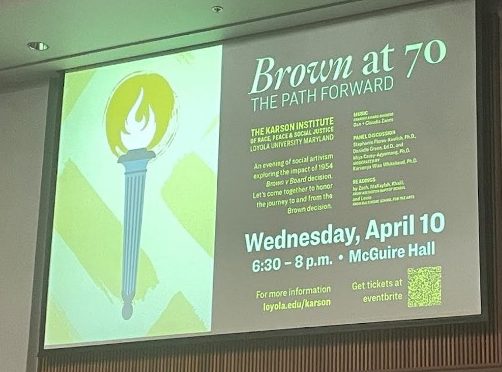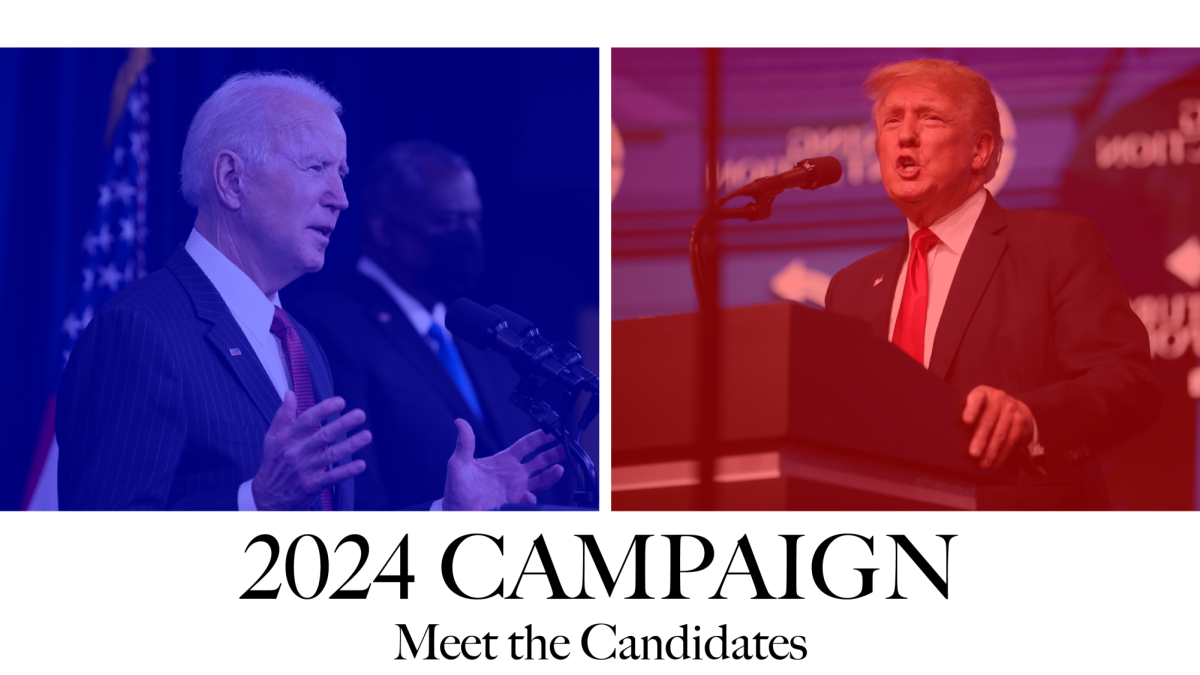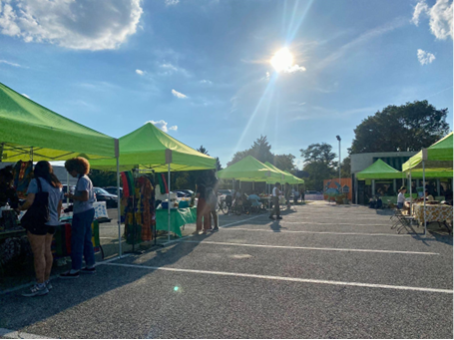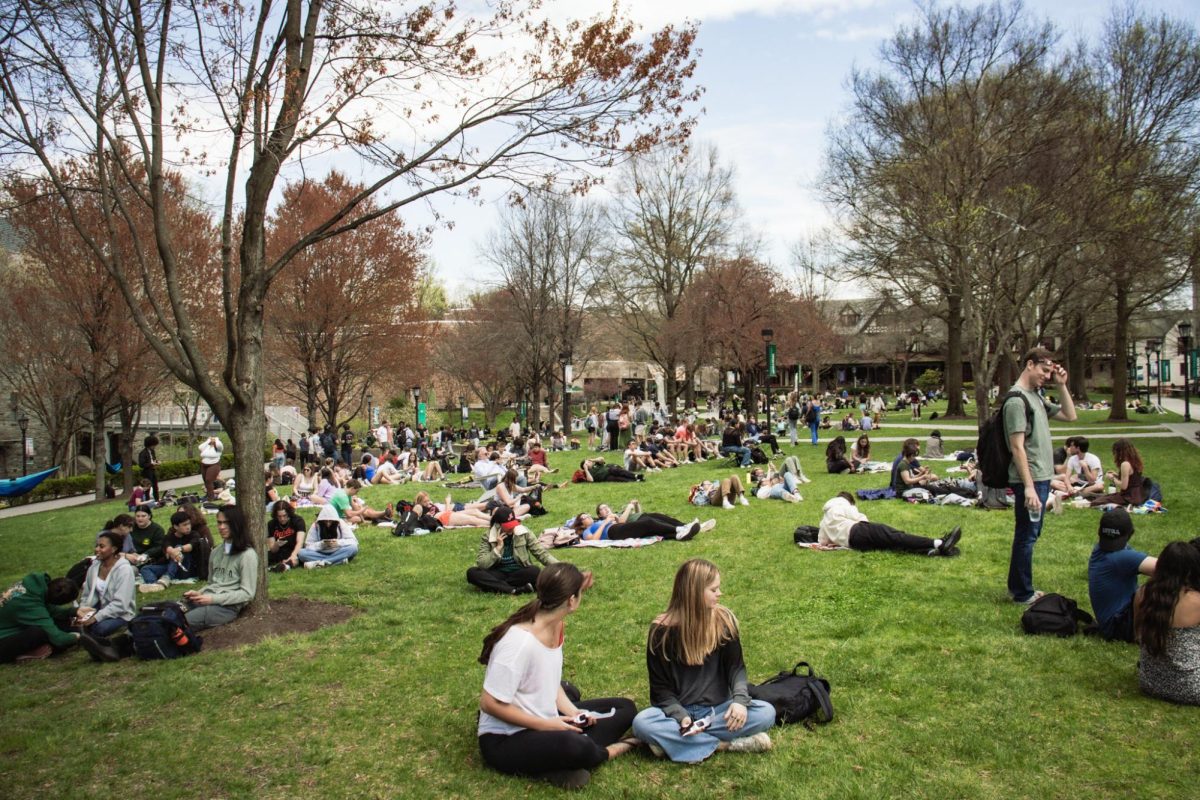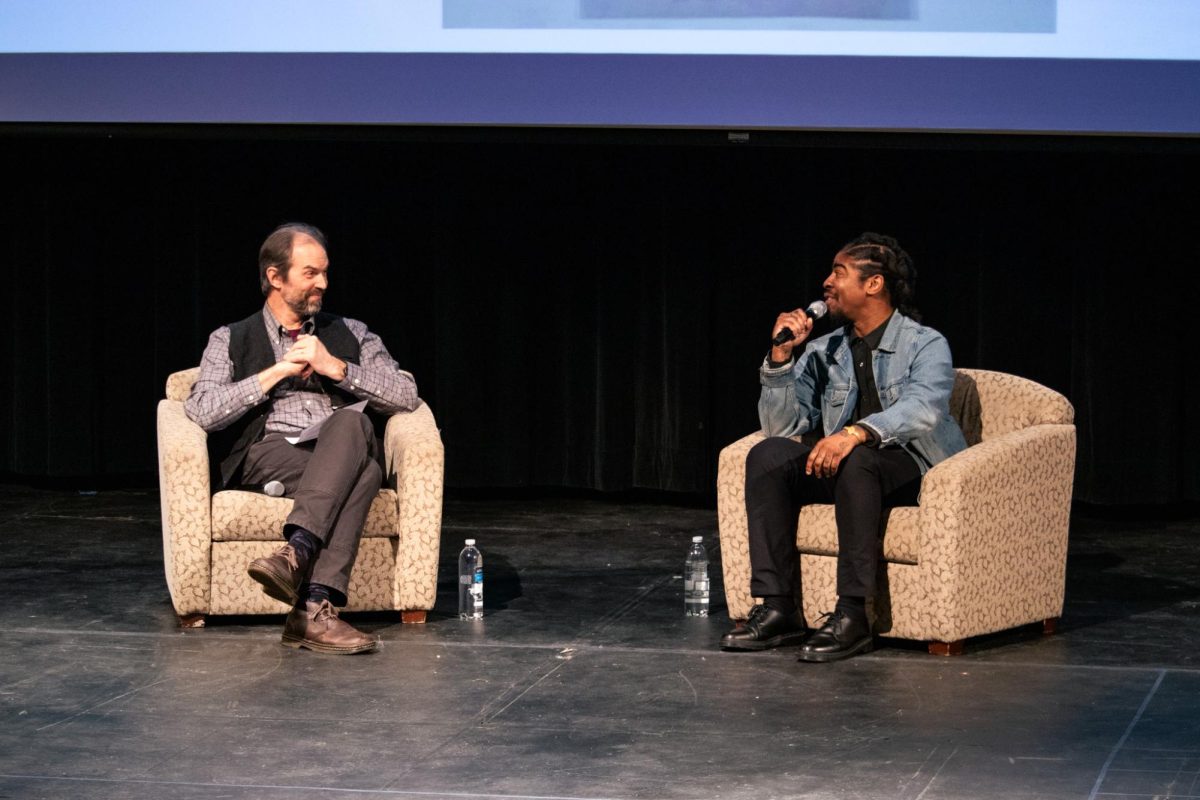Last month The Wall Street Journal in partnership with The Heritage Foundation released their yearly Index of Economic Freedom. The Index measures the economic freedom in countries around the world on a scale from 0 (repressed) to 100 (free). In measuring economic freedom, the Index analyzes a nations “commitment to the rule of law, principles of limited government, regulatory efficiency and open markets” (Index 1). Hong Kong takes the first place with a score of 90.1. The second place goes to Singapore with a score of 89.4. Cuba and North Korea take the two lowest spots with the former having a score of 28.7 and the latter of 1.0.
Hong Kong is number one because the city was able to strike the right balance between government regulation and free markets. The results speak for themselves. The city has a GDP of $369.4 billion, an unemployment rate of just 3.3 percent and a public debt of only 0.5 percent of GDP (Index 233). The principles of well-regulated capitalism, low taxation and small government produced these results. Some nay sayers will be quick to point out that Hong Kong is part of the Peoples Republic of China (one of the most oppressive regimes in the world). However, in reality Hong Kong is an Administrative Region, which means that the city has the right to govern itself and has its own Chief Executive, Legislature and Courts.
Hong Kong is not completely laissez-faire (a capitalist system where the government is not allowed to regulate the market). The markets have minimal government interference. For example, in 2012 Bloomberg reported that Hong Kong raised its minimum wage from HK $28 to HK $39 ($3.90). A small increase when compared to the United States.
Every system causes problems and capitalism is no exception. The chief problems of capitalism are exploitation and inequality. Some say that the remedy for those problems is to reorganize society to make it more equal and just. However, at this point a whole set of questions pops up. Such as: how is such reorganizing to be done and what will be the costs of reorganization? There are probably more questions, but I think those two will do.
The length of this article will allow me only to tackle the first question: how can a society be reorganized? The economist Friedrich von Hayek in his book The Fatal Conceit showed us the follies of governments trying to plan out a more equal society and how they are doomed to fail because a small group of individuals cannot rationally reorganize an entire society. Human reason, a truly an indispensable gift, has its limits and this is one of them. The other way, that I can think, to reorganize society is for all the members to meet together and plan out how the society will be reorganized. That might work if the society was made up of 10 or 20 people. However, it becomes impossible if that society numbers in the millions. Perhaps there are other ways to reorganize society than just government intervention or popular consensus. If there are, I will gladly hear of them.
But now we should concentrate on the realities. The reality is that there is inequality in the United States. The people, as the saying goes, are not getting an equal piece of the pie. Perhaps the answer is to make the bakery free so it could make enough pies for everyone.


